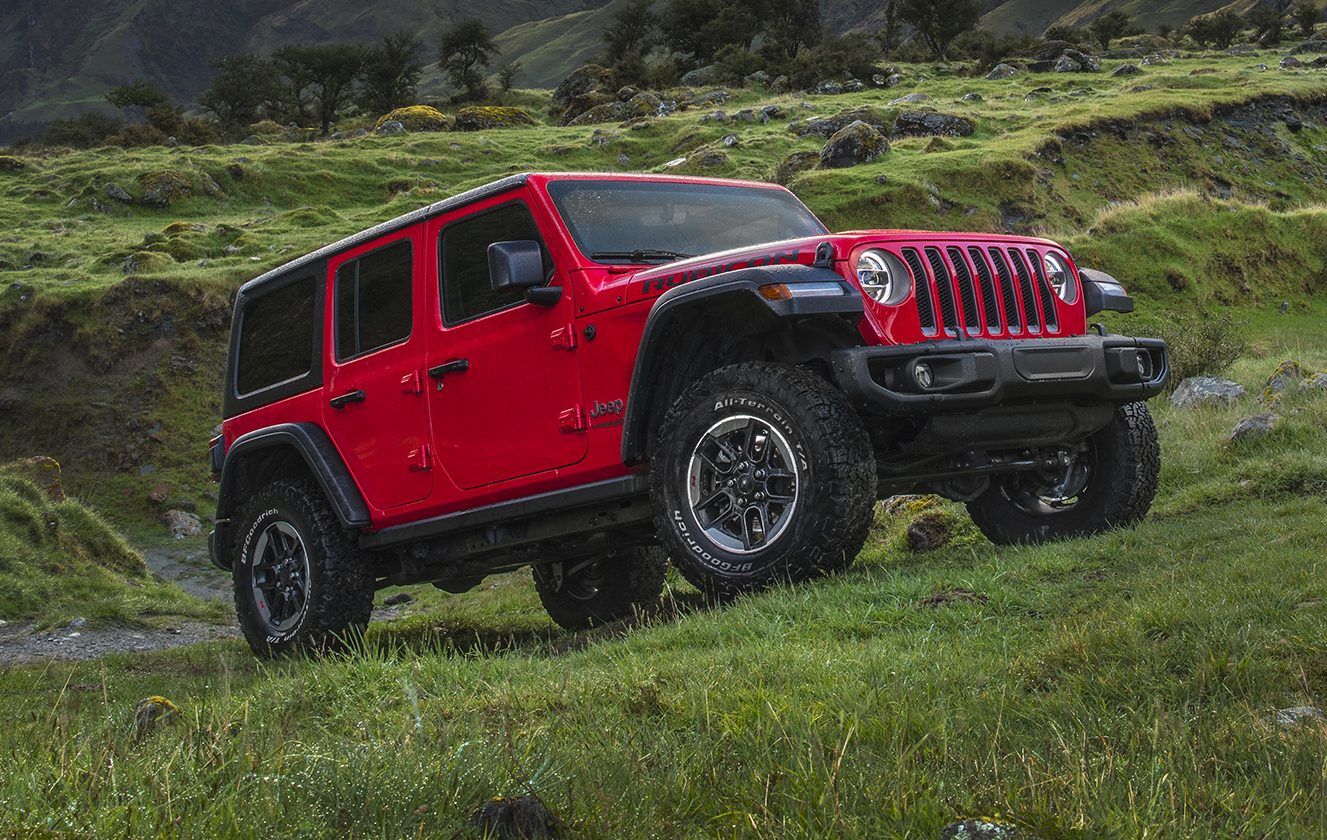
Yes, Jeep fans, it is actually happening. The mighty Wrangler will be available as a plug-in hybrid and FCA’s facility in Ohio will be making its key components.
FCA US announced today that it has awarded the production of the Power Electronics module for the (*gulp*) Jeep Wrangler PHEV (plug-in hybrid electric vehicle) to its Toledo Machining Plant. This means the 54-year-old Ohio facility will play a big role in making important components for the Wrangler PHEV. It also helps secure its future, as the company will likely use the tech in other models to meet future regulatory emission and economy requirements.
“The insourcing of this highly advanced work to Toledo Machining is a reflection of the commitment the workforce has made to improving their processes through the implementation of World Class Manufacturing,” said Brian Harlow, Head of Manufacturing, FCA North America. “As the most iconic of the Jeep nameplates, it is critical that we flawlessly execute the launch of the Wrangler PHEV. The Toledo Machining employees have made a strong business case as to why we should put our faith in them to deliver a great product.”
Alright, fine. If they’re going to make an electrified Wrangler, at least they’re committed to doing it properly. It is important to note here that images of Jeeps with extension cords trailing behind them like the world’s longest dog tail should be erased from one’s mind, as PHEVs are designed to have a gasoline engine working in concert with electric propulsion.

Some other PHEVs on the market have a smaller fuel tank than the solely gas-powered brethren, leading one to wonder if that will be the case with the Wrangler PHEV as well. The 2018 JL has an approximate fuel capacity of 21.5 gallons. Assuming the machine gets 20mpg on average, and the newfound electrification provides about the 20 miles of electrons-only range, the PHEVs fuel tank would have to shrink by no more than a gallon for it to equal the total range of its traditionally motivated brother.
The Power Electronics module for the Wrangler houses two key electrified powertrain components – the Power Inverter Module and the Integrated Dual Charger Module, which consists of the On Board Charger and the DC/DC Converter. The Power Electronics module is packaged in a protective structure under the vehicle between the exhaust and the prop shaft.
Toledo Machining will assemble the sub-systems for the module, upload the applicable software for the Power Inverter Module, and conduct final testing on the coolant and electrical systems. Finished modules will be delivered to the Toledo Assembly Complex where the Wrangler PHEV will be built. No further details were announced about its powertrain.
Nearly 850 Toledo Machining employees currently produce steering columns and torque converters for a number of FCA production locations in the U.S., Canada, and Mexico. The Jeep Wrangler PHEV is expected to launch in 2020.
